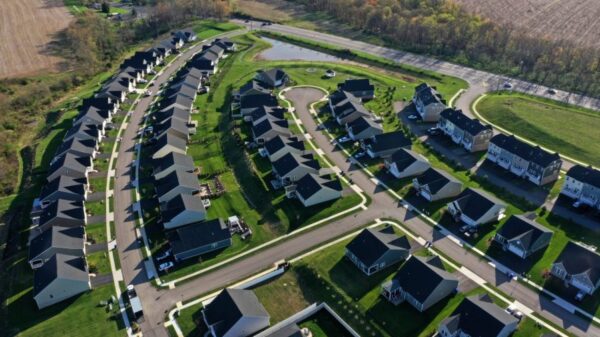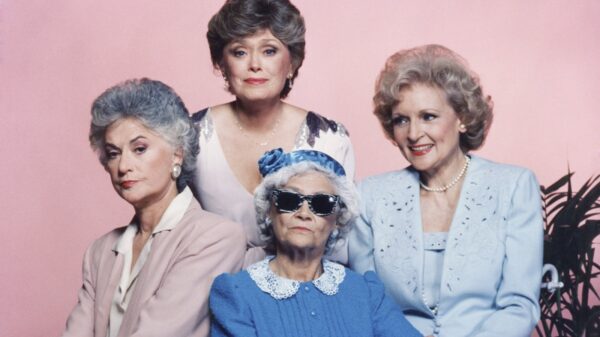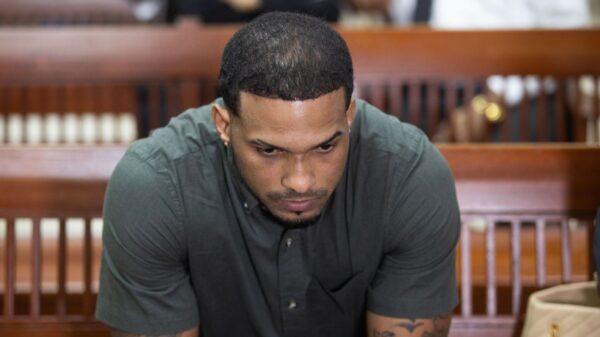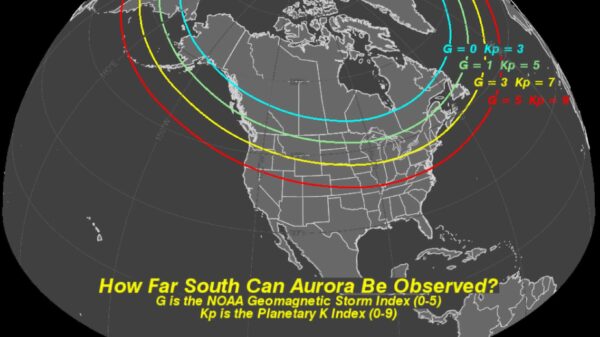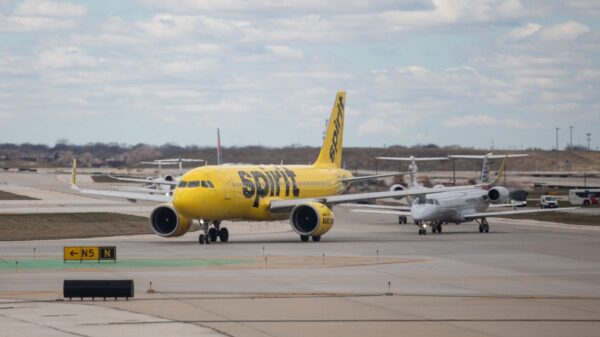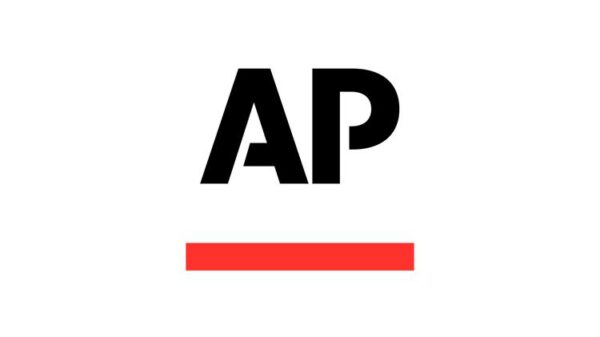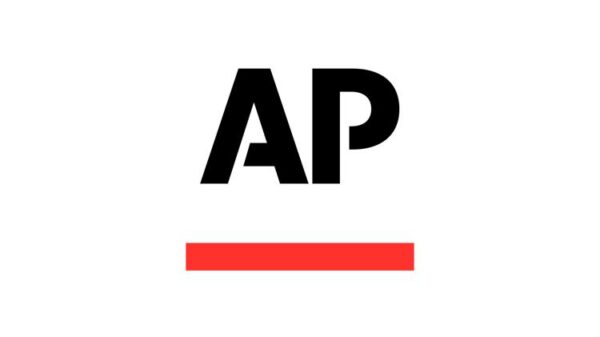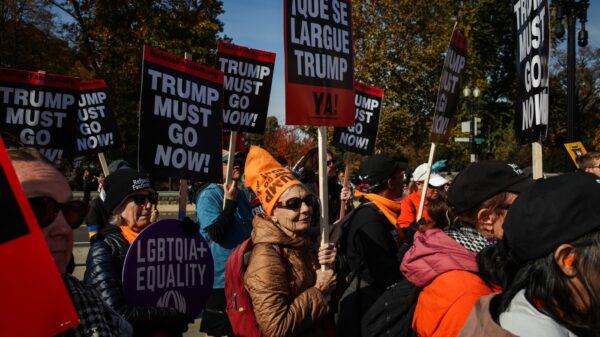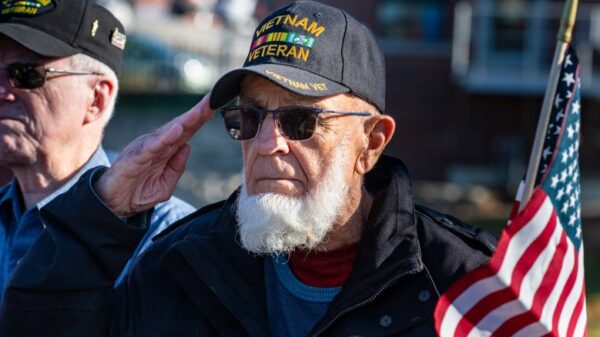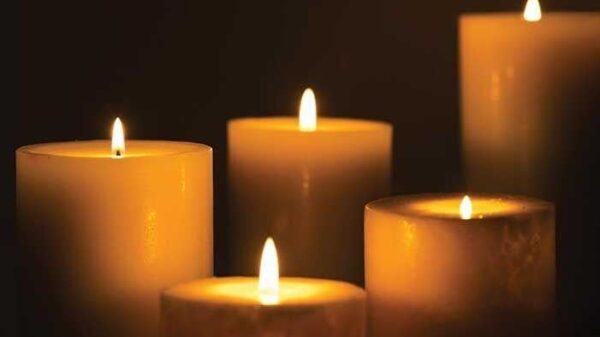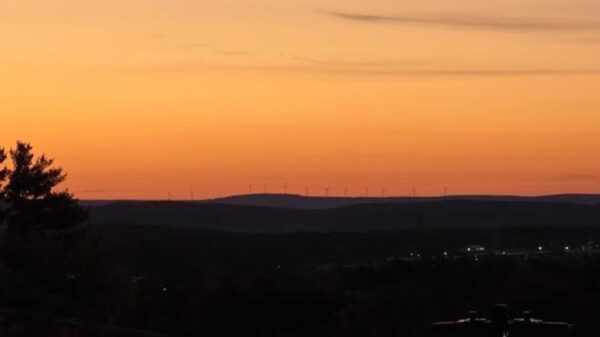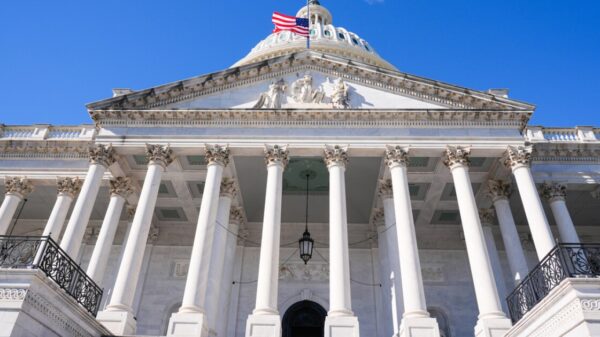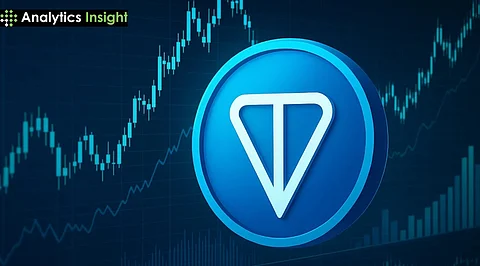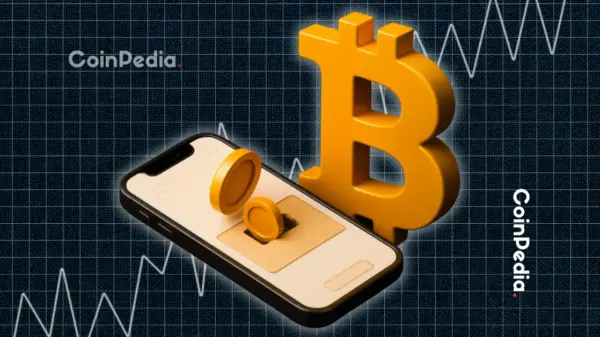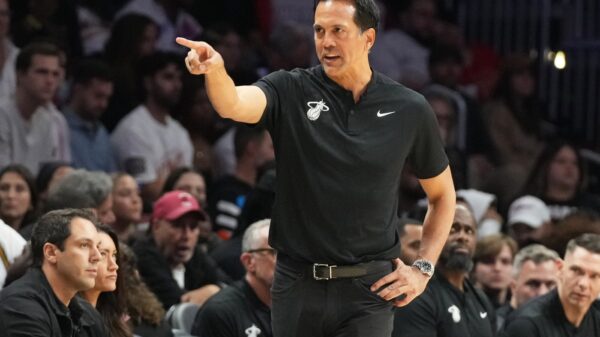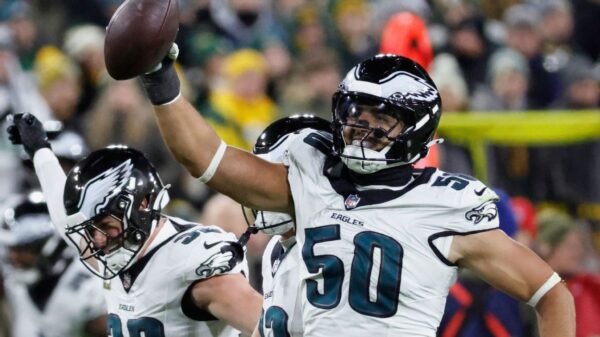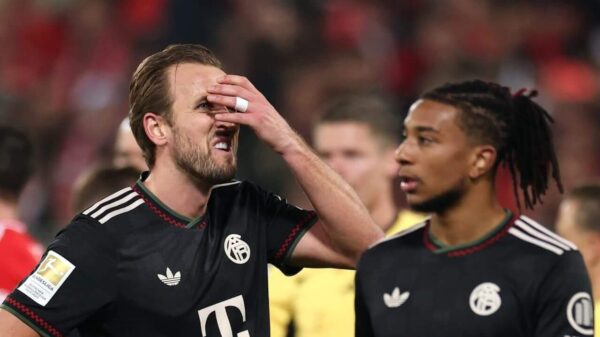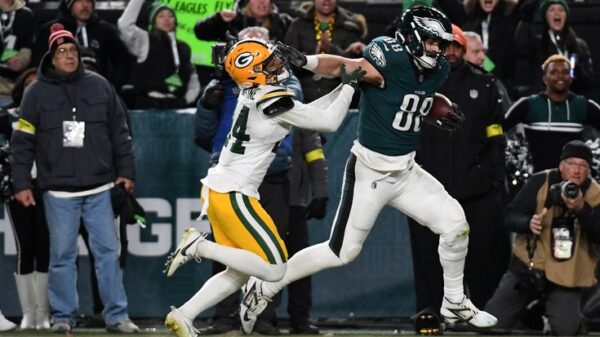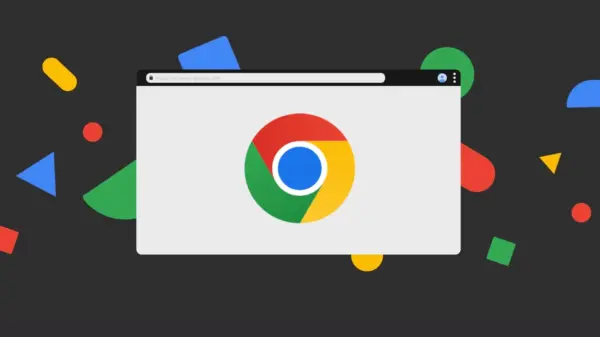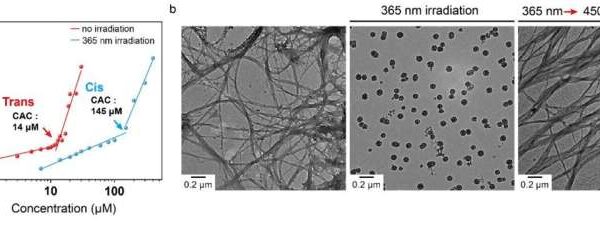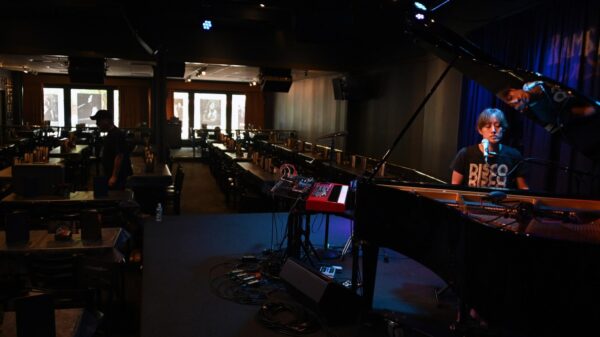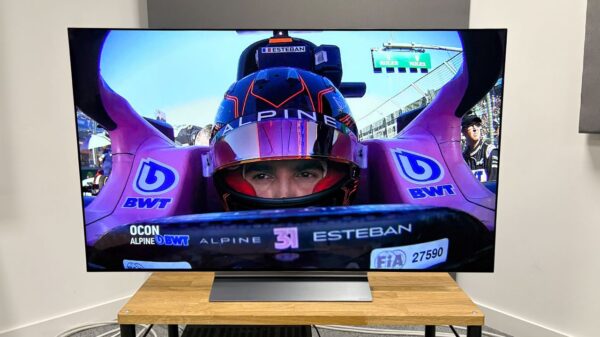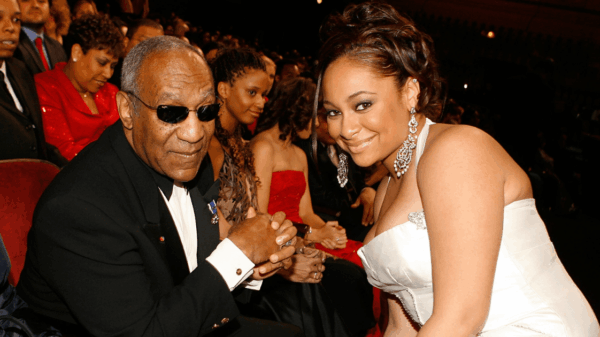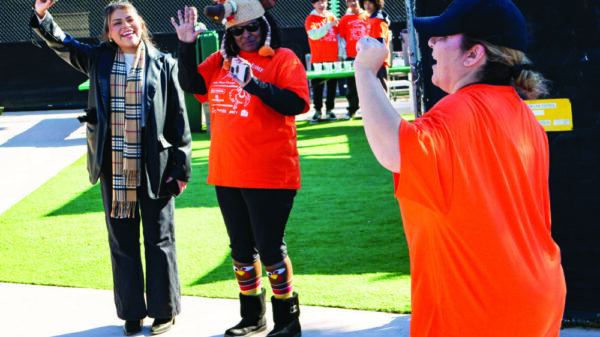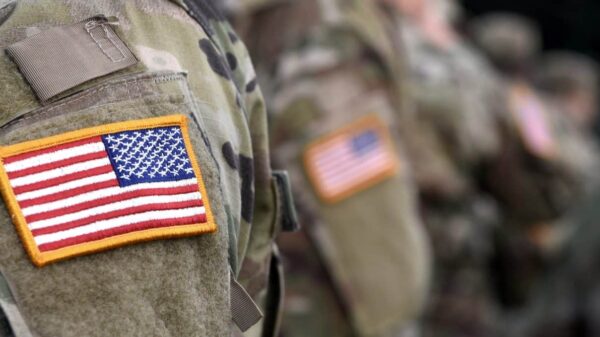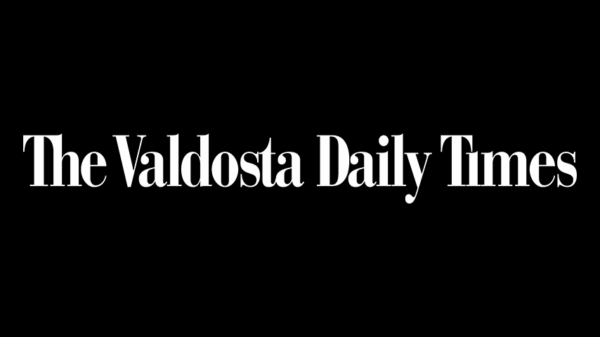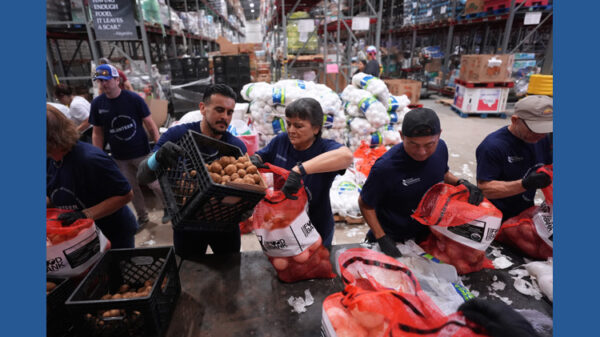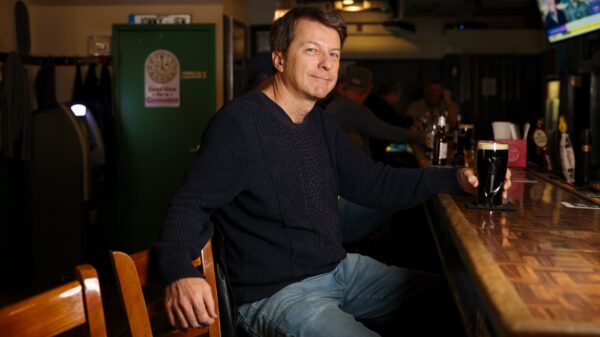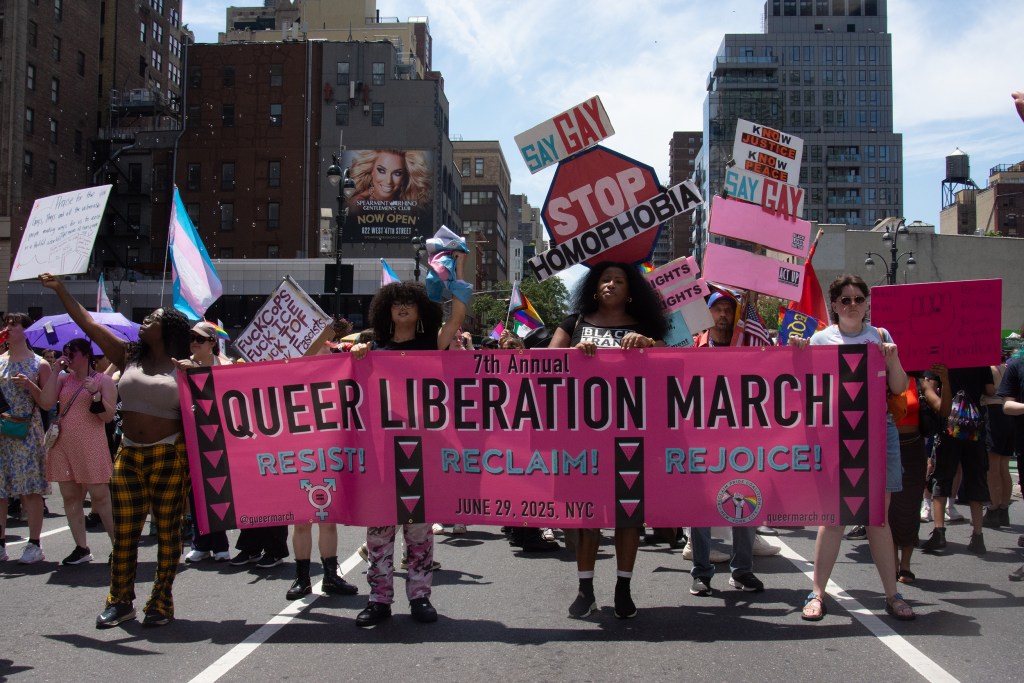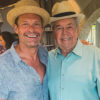Tens of thousands of queer activists and allies converged on Manhattan on Sunday, June 29, for two prominent marches celebrating the LGBTQIA+ community: the 55th annual NYC Pride March and the seventh annual Queer Liberation March. These events, marking the culmination of weeks of celebrations and advocacy, are among New York City’s most cherished traditions. Despite their proximity, these marches represent two distinct approaches to Pride, reflecting broader conversations within the community.
The NYC Pride March, starting at 26th Street and Fifth Avenue and concluding at 16th Street and Seventh Avenue, is the largest pride event in the United States. It attracts thousands of participants and millions of spectators, bolstered by significant brand partnerships. This year, however, saw a noticeable decline in corporate sponsorships, as many brands appeared to distance themselves amid political tensions, particularly concerning the Trump administration’s policies impacting trans individuals and Diversity, Equity, and Inclusion initiatives.
Corporate Influence and Community Tensions
Despite the sweltering heat, the turnout was defiantly joyful. Yet, the parade’s relationship with corporate sponsors has been a point of contention. Since 2021, NYC Pride has banned the New York City Police Department (NYPD) from marching in uniform, although officers maintain a strong presence for security. This year, tensions were palpable when a queer photographer was forcibly removed from the parade route for lacking a press pass, highlighting ongoing issues of access and representation.
“I’ve been photographing this event for five years,” the photographer protested. “This is my community!”
Meanwhile, just two avenues away, the Queer Liberation March offered an alternative narrative. Organized by the Reclaim Pride Coalition, this march rejects corporate sponsorships and police involvement, focusing instead on grassroots activism. It is explicitly pro-Palestinian and emphasizes a return to the political roots of Pride.
Grassroots Activism and Political Statements
Participants gathered at the NYC AIDS Memorial Park at St. Vincent’s Triangle, proceeding up Eighth Avenue to Columbus Circle. The march was led by trans activist Qween Jean, who energized the crowd with anti-imperialist chants condemning Immigration and Customs Enforcement (ICE) and advocating for a free Palestine.
“No Pride in genocide!” Qween Jean declared, as she led the crowd in chants.
Volunteer marshals played a crucial role, distributing water, offering wheelchair assistance, and ensuring safety along the route. The march’s theme, “Resist! Reclaim! Rejoice!” was embodied in a homemade brew shared among participants, symbolizing the community’s resilience and unity.
Historical Context and Community Reflections
Reverend Pat Bumgardner, a veteran of nearly every Pride event since 1979, reflected on the evolution of NYC Pride. She noted the shift towards corporate sponsorships, which, while beneficial, often overshadow grassroots voices. Bumgardner praised the Reclaim Pride Coalition’s efforts to restore Pride’s political and countercultural essence.
“The message of pride has been somewhat lost in the shuffle, but this group is trying to bring it back,” she stated.
Young attendees appeared to navigate both events seamlessly, drawn by the vibrant sense of community. One participant expressed her decision to attend NYC Pride over the Queer Liberation March due to personal reasons, illustrating the personal connections that often influence participation.
Looking Forward: The Future of Pride
The contrasting approaches of these two marches underscore a broader dialogue within the LGBTQIA+ community about the direction of Pride celebrations. As debates continue over corporate influence and political engagement, these events highlight the diverse voices and perspectives within the community.
As Pride evolves, the challenge remains to balance celebration with activism, ensuring that all voices are heard and represented. The removal of the photographer from the NYC Pride Parade serves as a reminder of the ongoing struggle for visibility and inclusion, emphasizing the need for continued advocacy and reflection.
Ultimately, the NYC Pride March and the Queer Liberation March together paint a rich tapestry of the LGBTQIA+ experience, each contributing to the vibrant mosaic that defines New York City’s Pride celebrations.

